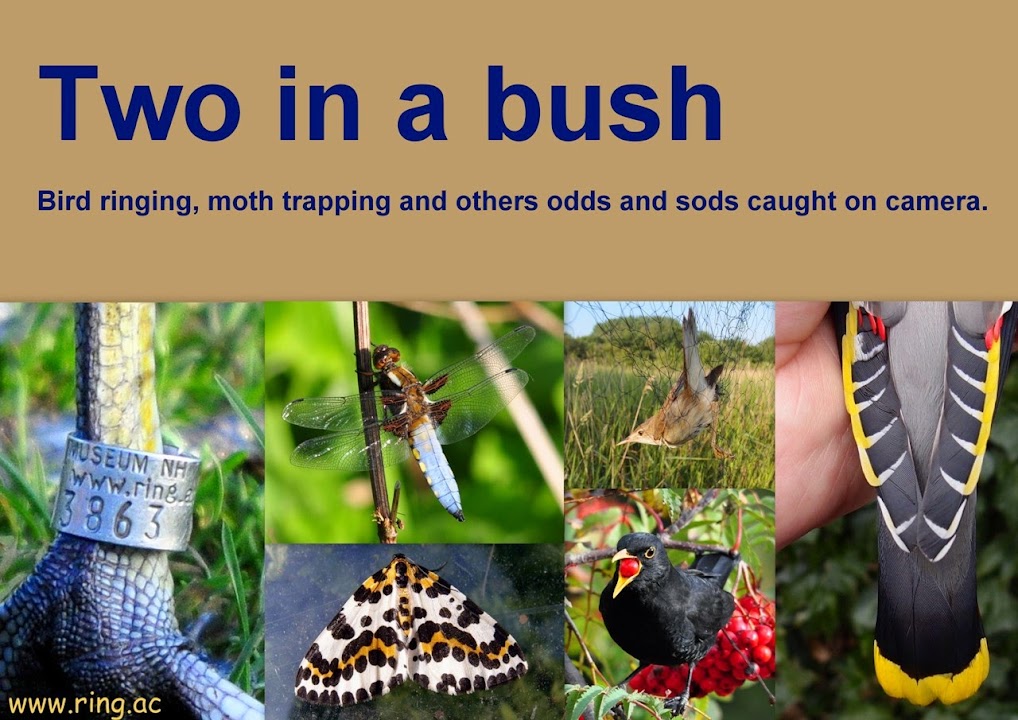Magpie ET04848 was ringed as a first year bird at Pennington Flash, near Leigh on 28/09/2002 and was found dead in Leigh on 18/01/2015. It was reported as being a road casualty which is quite unusual for an adult of this species. Magpies are clever birds and take advantage of road kill as food but experienced birds don't usually get hit by cars themselves. It will have been around twelve and a half years old when it died which is not a bad age for a Magpie and it must have dodged plenty of cars during its life.
Chiffchaff CDJ970 was ringed as a first year bird at Longshaw, near Orrell on 02/10/2011 and was controlled at Etang-de-Moisan, Messanges, Landes, France on 14/10/2014 some 1084km south. At just over 3 years old it is doing quite well for a Chiffchaff and it would be fantastic if it turns up in a net again in the spring. A map of this recovery can be viewed here.
Lesser Redpoll Z019197 was ringed as a 1Y male at Sctotmans Flash, near Wigan on 24/04/2014 and was controlled at Edgehills, Gloucestershire on 28/12/2014; a distance of 188km south. There wasn't much southward passage of Redpolls last autumn but this one bucked that trend. A map of this recovery can be viewed here.
Black-headed Gull ES50278 was ringed as a chick at Pennington Flash, near Leigh on 04/06/2000 and was found dead in Ballyforan, Roscommon, Ireland on 22/02/2015; a distance of 379 km W. At around fourteen and half it had also lived to a good age.
Black-headed Gull ST252229 was ringed a a chick at Rovaniemi, Lappi, Lappi, Finland on 17/06/2013 and was controlled (ring read and photographed in the field) at Orrell Water Park, near Orrell on 05/01/2014 12/01/2014 and 20/01/2014. A map showing both Black-headed Gull movements can be viewed here.
Blackcap 7085090 was ringed as a first year female at Dunes du Fort Vert, Marck, Pas-de-Calais, France on 03/10/2013 and was controlled (ring number read from photographs by Andy Makin) in a garden at Hindley Green, near Wigan on 29/12/2014; a movement of 420km NW. This was the bird that I failed to catch and mentioned in a post at the time. It had been seen in the garden for several days prior to the ring number being read but didn't stay into the new year. A map of this recovery can be viewed here.
As for the Waxwing it is still following its daily routine and feeds on the apples in the garden for much of the day. If you don't already know I have created a page for it that can be accessed via the 'Waxwing 2015' tab just under the header near the top of this page. The aim is to update the Waxwing page daily with a few pictures or some video taken that day.
 |
| Waxwing 27/02/2015 |
















































